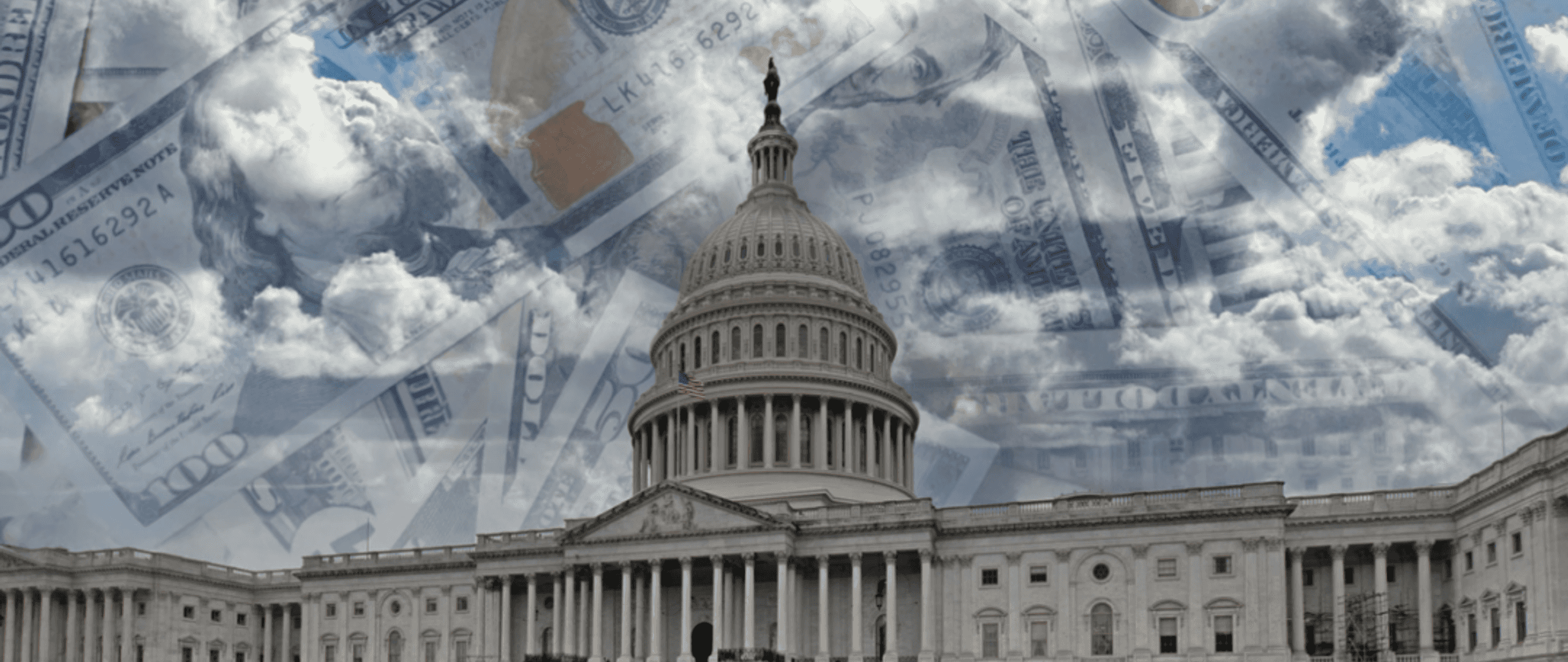Understanding the Debt Ceiling
On January 19th of this year the U.S. debt ceiling limit was met, but not for the first time and likely not the last. The debt ceiling was created in the early 20th century and, according to the U.S. Department Of The Treasury, “Congress was called upon to raise the debt ceiling 78 times since 1960”. Why was the debt ceiling created, and what prompts the increase of government spending and the need of a higher debt limit?
Initially the debt ceiling was created to allow the Treasury more freedom to finance America’s involvement in World War I without having to first get spending approved. Over time the Treasury Department has worked within the debt limit to finance existing programs only- Social Security and Medicare benefits, military salaries, taxes, etc. Yet events like the Afghanistan and Iraq Wars and the Covid-19 pandemic trigger the need for more spending and a need for a higher debt ceiling limit, it’s a cause-and-effect relationship.
When Ronald Reagan was President, he was a fan of lower taxes for hard-working Americans and wanted more funding for the military. Because of his love for our Armed Forces and the American people, Congress pushed for an increase in the debt ceiling to cover the needs of the Treasury Department. Debt ceiling increases were approved (reluctantly) by Reagan on 18 occasions. If you’re curious, the debt ceiling was increased 8 times under Bill Clinton, 7 times under George W. Bush, and 5 times under Barack Obama.
Here are the facts of our current situation.
- The Congressional Budget Office reports that the December 2021 $2.5 trillion increase to the current $34.1 trillion total debt limit was necessary due to the tax cuts made and additional expenses during Covid.
- In 2022 the government spent $6.27 trillion which was more than it collected. The higher the debt limit the higher the interest payments, and if we aren’t collecting enough in revenue to pay our bills we will remain in debt and need more credit.
- When the debt limit was met in January of this year, “the Treasury announced a debt issuance suspension period and began using established extraordinary measures to borrow additional funds without breaching the debt ceiling”.
- Negotiations stalled Friday but are expected to resume later today.
What is the solution to this ongoing habit of our country spending more than we have? Good question. For now, the government has an approximate June 15th deadline to decide to either increase or suspend the debt limit. Otherwise, Treasury Secretary Janet Yellen warns the government won’t be able to pay bills which financial experts say will hurt Americans financially in many ways.
